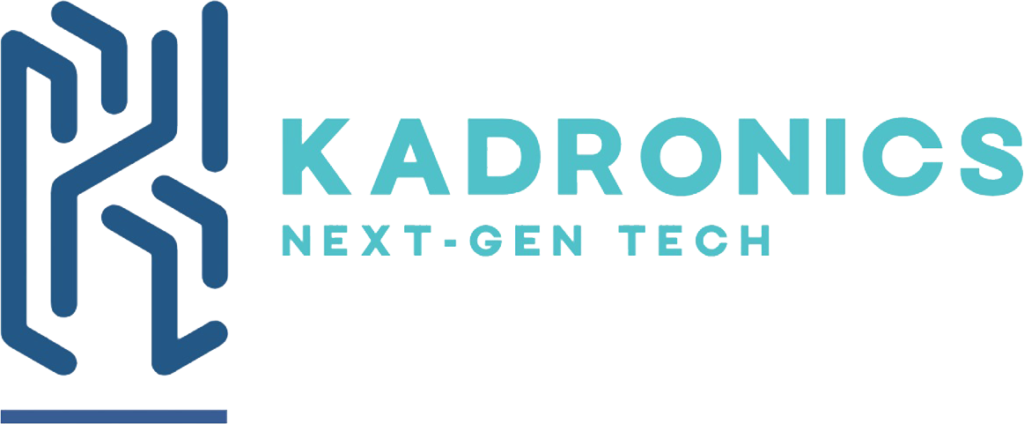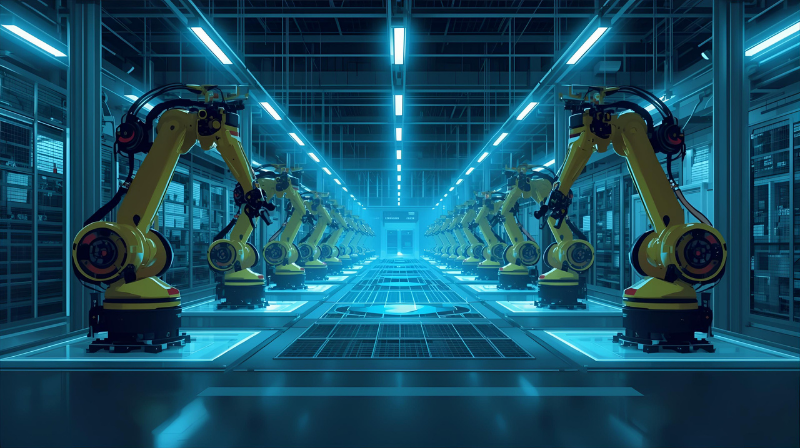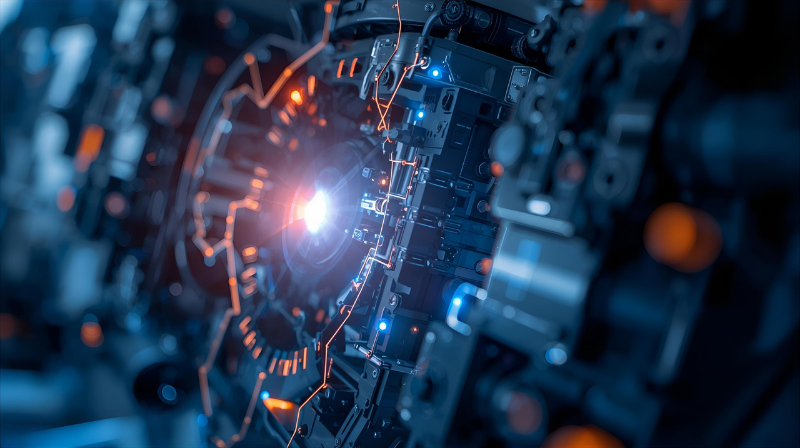In every factory, there’s “Old Faithful.” It’s that hulking piece of machinery in the corner, a relic from a different era, built from what seems to be pure, unadulterated iron. It’s loud, it’s slow, but it’s paid for, and it just… works. The prevailing wisdom is “if it ain’t broke, don’t fix it.” But this mentality hides a dangerous and expensive truth: in the world of modern manufacturing, a machine doesn’t have to be broken to be breaking your bottom line.
That reliable old workhorse is likely a ghost in your smart factory, a black hole where data and efficiency go to die. It can’t talk to your other systems, it requires constant manual oversight, and its output is a fraction of what a modern counterpart could achieve. The solution, however, isn’t always a multi-million dollar replacement. The solution is evolution: Custom Machine Automation.
More Than a Fresh Coat of Paint: The ROI of Upgrading
A strategic automation upgrade is about surgically enhancing the heart of your existing machinery. It’s about giving an old dog new, digital tricks that can transform its performance and integrate it seamlessly into a 21st-century workflow. This isn’t just maintenance; it’s a high-return investment.
Breaking Through the Speed Barrier
The most immediate benefit is a dramatic increase in throughput. The original, decades-old control systems and mechanical relays can be replaced with a modern PLC (Programmable Logic Controller). This new “brain” can execute commands with lightning speed and precision. Paired with modern sensors and servo motors, an upgraded machine can often double its output without sacrificing quality.
From Reactive Repairs to Predictive Maintenance
An old, analog machine tells you it has a problem by making a terrible noise and grinding to a halt, taking your production schedule down with it. A digitally upgraded machine, however, can tell you it’s going to have a problem next Tuesday. By integrating sensors that monitor vibration, temperature, and power consumption, an upgrade allows for data collection. As an article by the Association for Manufacturing Technology notes, this data is the foundation of predictive maintenance, allowing you to schedule repairs proactively, minimizing costly unplanned downtime.
Unlocking a New Level of Quality and Consistency
Human intervention, no matter how skilled, introduces variability. An automation upgrade replaces manual adjustments with robotic precision. This ensures that every action, from a simple part placement to a complex welding path, is performed with identical precision every single time. The result is a dramatic reduction in defects, less material waste, and a final product of consistently higher quality.
The Upgrade Path: A Tailored Approach
No two machines are the same, and neither is the upgrade path. A successful project requires deep expertise in both legacy systems and modern automation solutions. The process often involves a combination of:
- Control System Retrofitting: Swapping out old controllers for modern PLCs and HMIs.
- Mechanical Integration: Adding robotic arms for material handling or servo motors for precise motion control.
- Sensor Implementation: Integrating a new suite of sensors to provide the data needed for a smart, closed-loop system.
These are the kinds of complex, multi-disciplinary services that turn a legacy cost center into a modern, productive asset. By choosing to upgrade rather than replace, you not only save significant capital but also extend the life of a trusted piece of equipment. You’re not just fixing what’s broken; you’re unlocking the hidden potential that was there all along.




